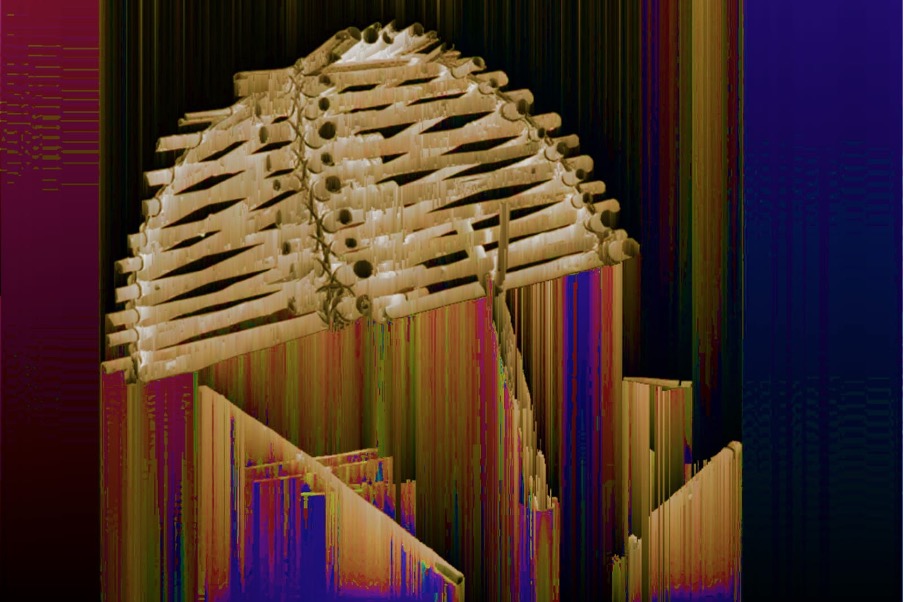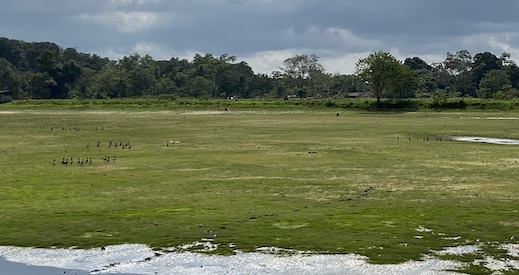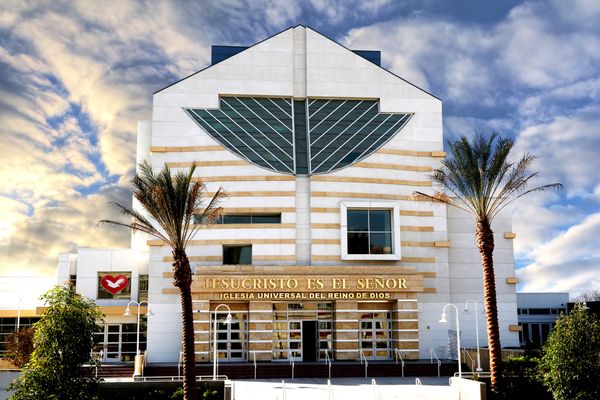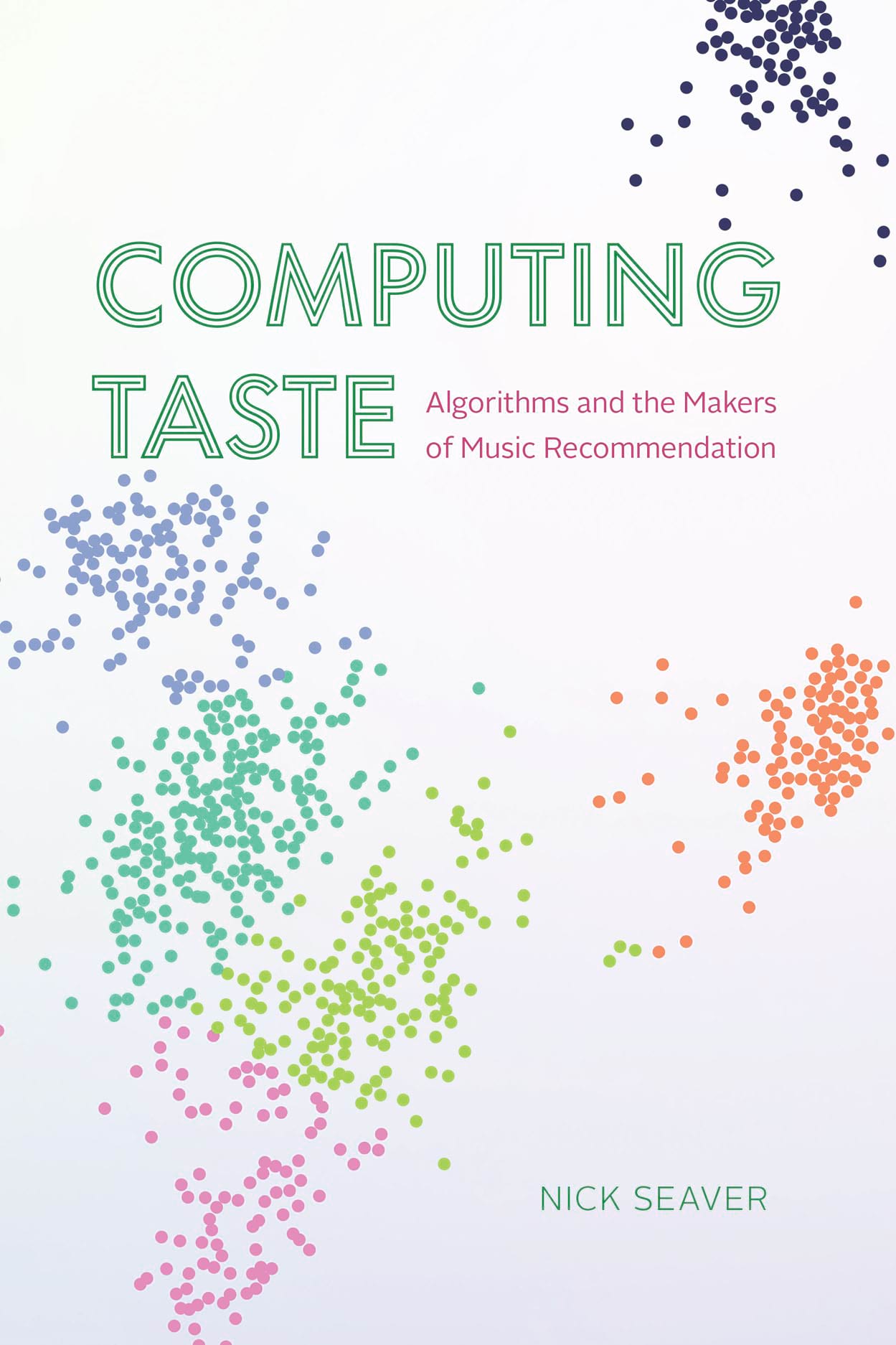
Setting Traps: For an Insurgent and Joyful Science
While visiting the exhibition by the artist Xadalu Tupã Jekupé at the Museum of Indigenous Cultures in São Paulo, one of the works caught my attention. It was a monitor on the floor. On the screen was a modification of the game Free Fire, where it was possible to follow a virtual killing taking place from the point of view of an indigenous character wearing a headdress. For a while I couldn’t look away. I remembered a conversation I had with Anthony, a Guaraní-Mbyá professor that works with the youth of his territory. At the time I was also a teacher, working with marginalized youth. I remember Anthony’s distressed words—he was concerned about the time and attention young people were putting into games like Free Fire, creating a situation very similar to the one I lived when I worked with teenagers in the outskirts of São Paulo. (read more...)







